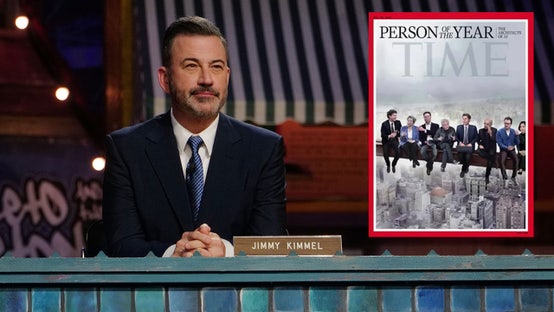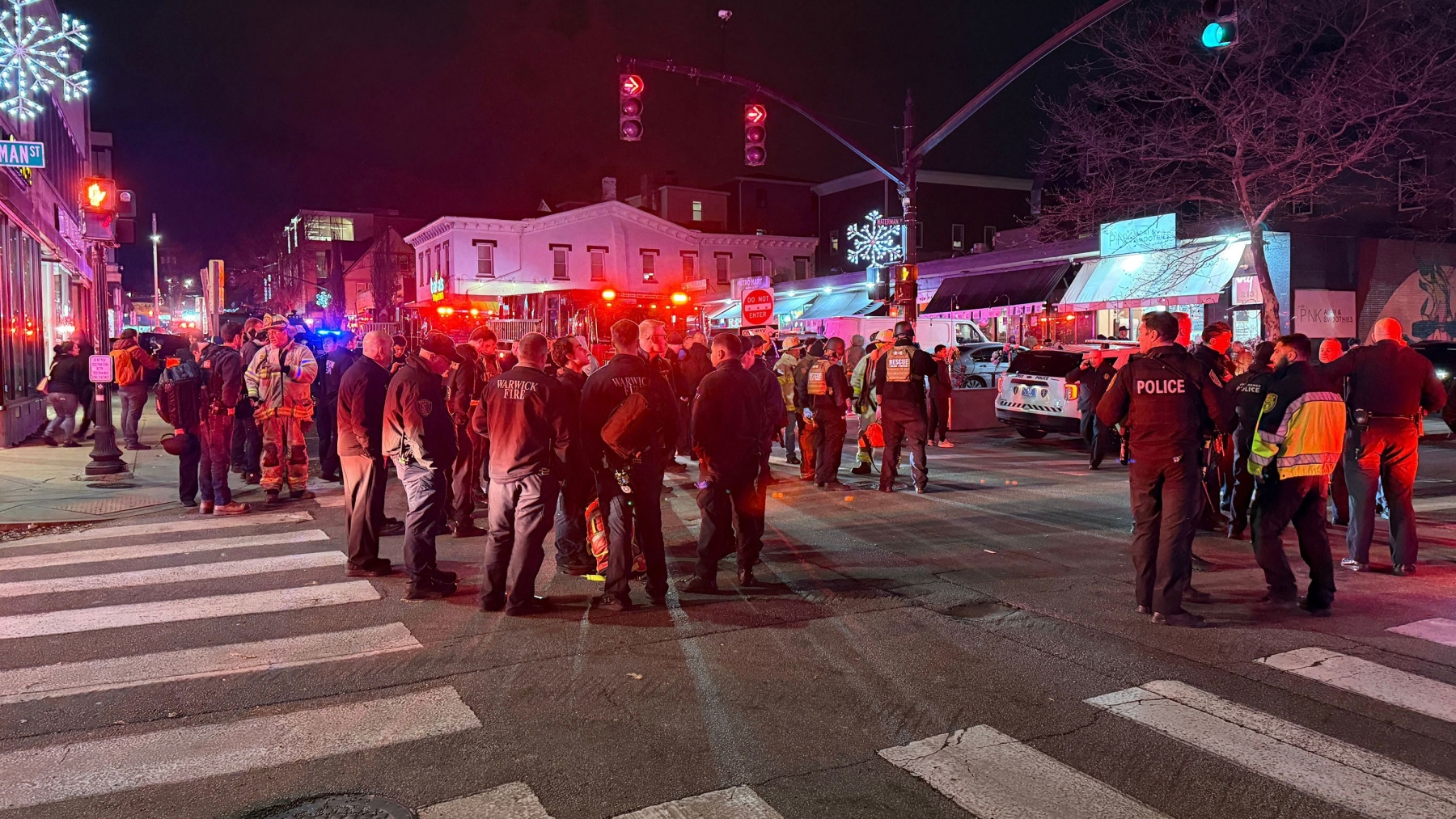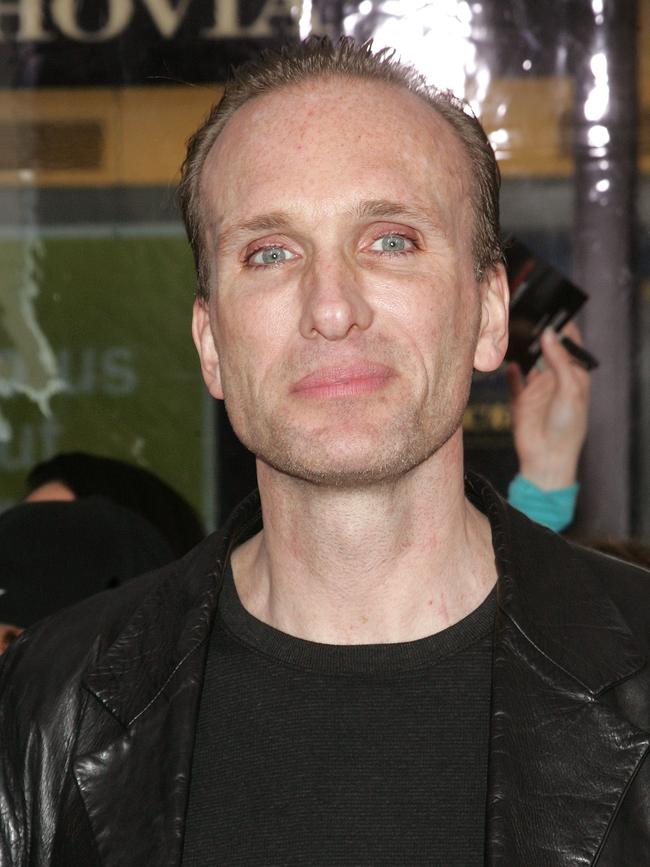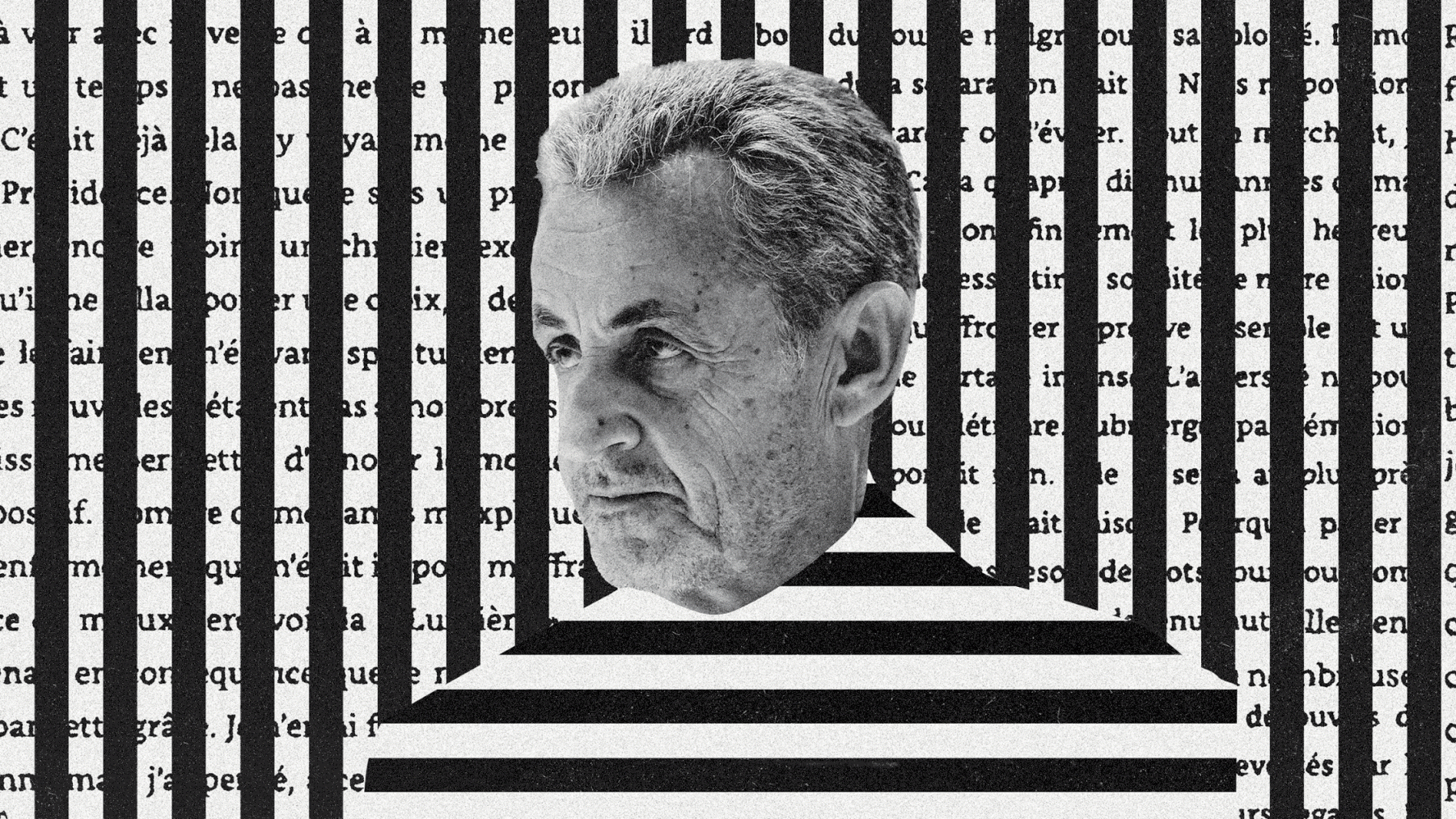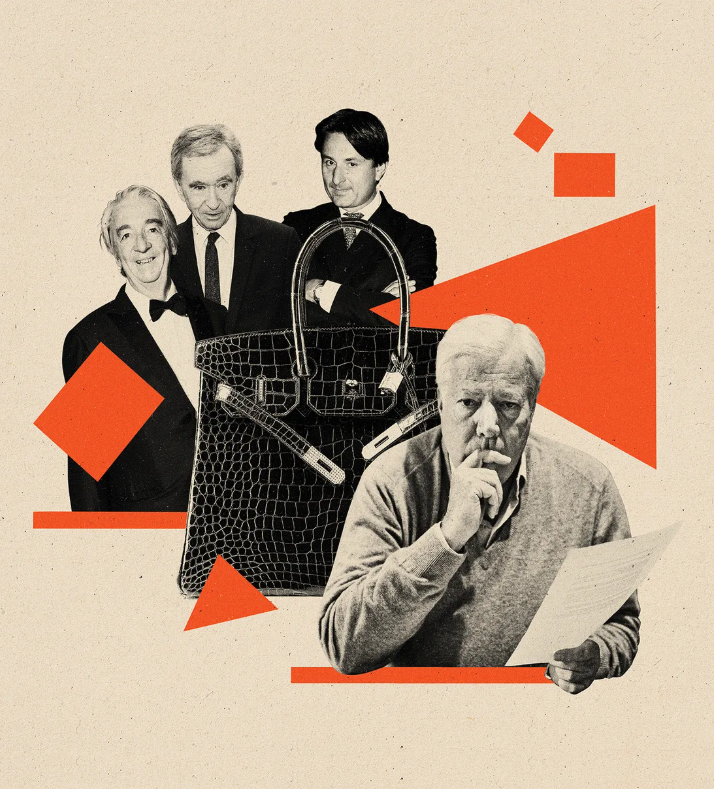
This article is more than
9 year oldDisney, Paramount, and Warners Flunk GLAAD's LGBT Report Card
By Gregg Kilday, The Hollywood Reporter
When it comes to portraying LGBT people onscreen, the Hollywood studios are falling behind the rest of the media, with three of the studios — Disney, Paramount and Warner Bros. — all receiving failing grades, according to GLAAD, the LGBT advocacy group, which released its annual studio report card today.
The group’s fourth annual Studio Responsibility Index found that of 126 releases f-rom the major studios, only 22 of them, or 17.5 percent, included LGBT c-haracters. That percentage was exactly the same as the percentage recorded in 2014.
“Hollywood’s films lag far behind any other form of media when it comes to portrayals of LGBT c-haracters,” Sarah Kate Ellis, GLAAD president and CEO said in releasing the report. “Too often, the few LGBT c-haracters that make it to the big screen are the target of a punchline or token c-haracters. The film industry must embrace new and inclusive stories if it wants to remain competitive and relevant.”
Related: GLAAD Media Awards: The Winners List
No studio received a rating of “Good” for its 2015 releases. Lionsgate (which included LBGT c-haracters in 33 percent of its movies), Sony (19 percent), Universal (19 percent), and Fox (12 percent) received “Adequate” marks, while Warners (20 percent) and Paramount and Disney — neither of which included any LGBT c-haracters in any of their movies — got “Failing” grades.
While Disney focuses on family films, the report observed in its analysis, “As recent successful animated films and TV programs have shown (Oscar-nominatedParaNorman, Cartoon Network’s Steven Universe), LGBT people appearing in “all-ages” programming — animated or not — is not the impossible notion it once was. LGBT people are already part of families and communities around the world, and films of all genres should reflect that.”
And given that Disney also releases the Marvel and LucasFilm movies, it also argued, “As sci-fi projects have the special opportunity to cre-ate unique worlds whose advanced societies can serve as a commentary on our own, the most obvious place whe-re Disney could include LGBT c-haracters is in the upcoming eighth Star Wars film. 2015’s The Force Awakens has introduced a new and diverse central trio, which allows the creators opportunity to tell fresh stories as they develop their backstory. Recent official novels in the franchise featured lesbian and gay c-haracters that could also be easily written in to the story.”
Related: ‘Nashville’ Actor, CMT, GLAAD Respond to Tennessee Gov. Signing Anti-LGBT Counseling Bill
While the overall percentage of 2015 films with gay c-haracters remained flat, the report pointed to “a noticeable resurgence of outright offensive depictions of LGBT, which relied on gay panic and defamatory stereotypes for cheap laughs. It cited two Kevin Hart comedies, Get Hard and The Wedding Ringer for containing “more blatant and incessant gay panic humor than we have seen in a Hollywood film in years” as well as Hot Tub Time Machine 2.
Some of the studio’s specialty film divisions turned in better showings, with Universal’s Focus Features, which distributed The Danish Girl, showing LGBT c-haracters in 30 percent of its movies, and Sony Pictures Classics, which handled Grandma, starring Lily Tomlin, checking in at 28 percent, and Roadside Attractions at 20 percent. Fox Searchlight had no LGBT c-haracters among its 2015 releases.
Of the 46 films released by the specialty labels, ten, or 22 percent, were LGBT-inclusive, a higher percentage than found among the studio films. That number was up f-rom 10.6 percent in 2014.
Related: Mariah Carey to Get GLAAD Media Awards Honor
Looking at the studio releases, the basic numbers only told part of the story. The majority of LGBT c-haracters in mainstream films, the report said, remain minor — both in substance and screen time. Of the 22 LGBT-inclusive films, almost three quarters, 73 percent, of them include less than ten minutes of screen time for LGBT c-haracters. “Not only must there be a larger number of LGBT roles, but they must be roles built with substance and purpose,” the report said.
GLAAD applied its Vito Russo Test, named after the late film writer and activist, to the c-haracters who did appear onscreen. The test looks at whether a film contains a c-haracter who is identifiably LGBT, whether the c-haracter is defined by more than just sexual orientation, and whether the c-haracter has a significant role in the film’s plot. By that measure, GLAAD said only 8 of the 22 major studio films that contained LGBT c-haracters, or 36 percent, passed the more rigorous test. That number was down f-rom 55 percent in 2014.
The report called for greater diversity, noting that the LBGT c-haracters who did appear in studio releases in 2015 were mostly white (73 percent) and male (77 percent).
Related: Robert De Niro to Receive GLAAD Award
It also said that transgender representation in the mainstream movies was “shockingly low” with only one transgender c-haracter making a brief appearance in Warners’ Hot Pursuit to serve as a punchline.
Expressing frustration with the lack of representation in the 2015 films, GLAAD said that moving forward, an “Adequate” rating wasn’t good enough and that in next year’s report, it plans to hold studios “to a higher standard to reflect the quality and quantity of LGBT representation we are now seeing in other media. Films must do better to include LGBT c-haracters in roles directly tied to plot and which reflect the wide diversity of our community, including people of color, those living with disabilities, and a variety of geographical and ideological backgrounds.”
Related: Lilly Wachowski Makes First Public Appearance at GLAAD Awards
To illustrate the many offensive portrayals of LGBT in films over the past five years, GLAAD released the following video in September.
The video, which is on YouTube, can also be found on this page.
